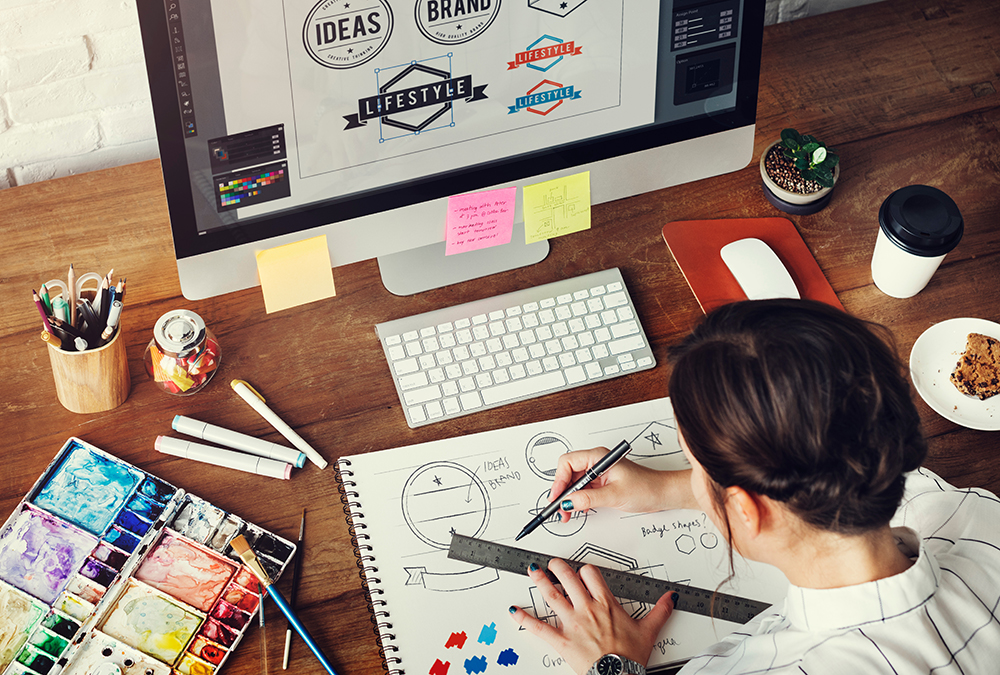Here are some essential habits to include in the design process.
1. Understand project requirements
Design projects often begin with a creative brief, a document that provides critical information about the project. If you aren’t given one, you can arrange a kickoff meeting with the client — but it’s important to ask the right questions. You’ll need to know these details:
- Target audience: demographic details, challenges, and preferences
- Objective: heighten awareness, inspire immediate action, introduce a new product or service
- Timeline: key milestones and deadline
- Budgetary considerations
- Creative considerations:
- Are there branding guidelines to adhere to?
- What’s the desired look and feel — clean and contemporary, for example? Or colorful and dynamic?
- Is the product digital or print, and what are the dimensions?
2. Find inspiration
Looking at other design work helps get the creative juices flowing. Collect samples of work with imagery, color, and typography that you find appealing. Keep an eye out for design techniques that would be appropriate for upcoming projects. Pinterest boards are a great way to organize and browse through what you’ve collected over time.
And don’t forget to step away from the screen and pick up the pencil and paper every now and then — doodling and other visual brainstorming can generate new ideas.
3. Don’t settle for your first idea
Sometimes a eureka! moment happens when a design job comes in. But proceed with caution — that first idea can lean toward the obvious or mundane.
That might not be the case, but regardless, don’t stop at that first idea. Keep brainstorming, knowing that it can open the door to fresher, more novel concepts.
4. Find a sounding board
This can be challenging for remote workers and freelancers, but finding a trusted person to run your ideas past is invaluable. Someone with an objective viewpoint can detect weaknesses and even opportunities in your concept that you may have missed.
In this same vein, remain open to client feedback. Try to accommodate their requests, but don’t be afraid to push back when you think a change is not in their best interest.
For example, it’s common for clients to give designers too much copy — it’s okay to let them know (respectfully) that this will result in visual clutter and can actually discourage people from reading. Most clients will appreciate recommendations made in good faith from someone with expertise.
5. Use visuals wherever possible
Today’s audiences prefer highly visual communication, and studies show graphics help readers remember information more effectively than text alone. Visuals can also help make complex information and data points more digestible.
Even text-heavy pieces need a strong visual hierarchy: headers, subheads, and other elements provide clear “signposts” for readers and help them navigate the document. Be sure to incorporate white space to break up content and reduce visual clutter.
6. Design for accessibility
Accessible design is an evolving practice that aims to remove barriers for audiences with visual, hearing, motor, or cognitive impairment. Understand how your content is going to be consumed, and approach design elements like visuals, audio, and user interface accordingly. And remember that operating within boundaries can actually help unleash creativity.
These habits will help get the creative ideas flowing and keep your next design project on track.


